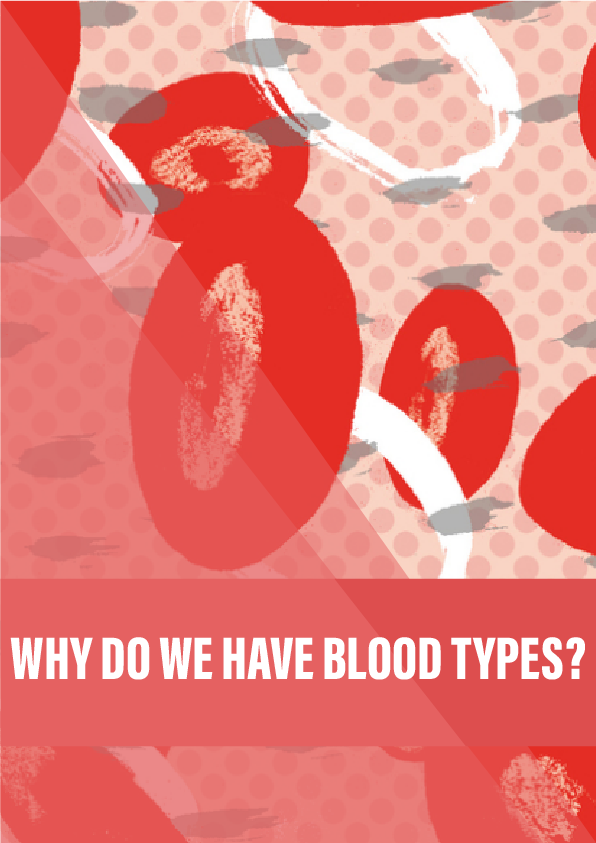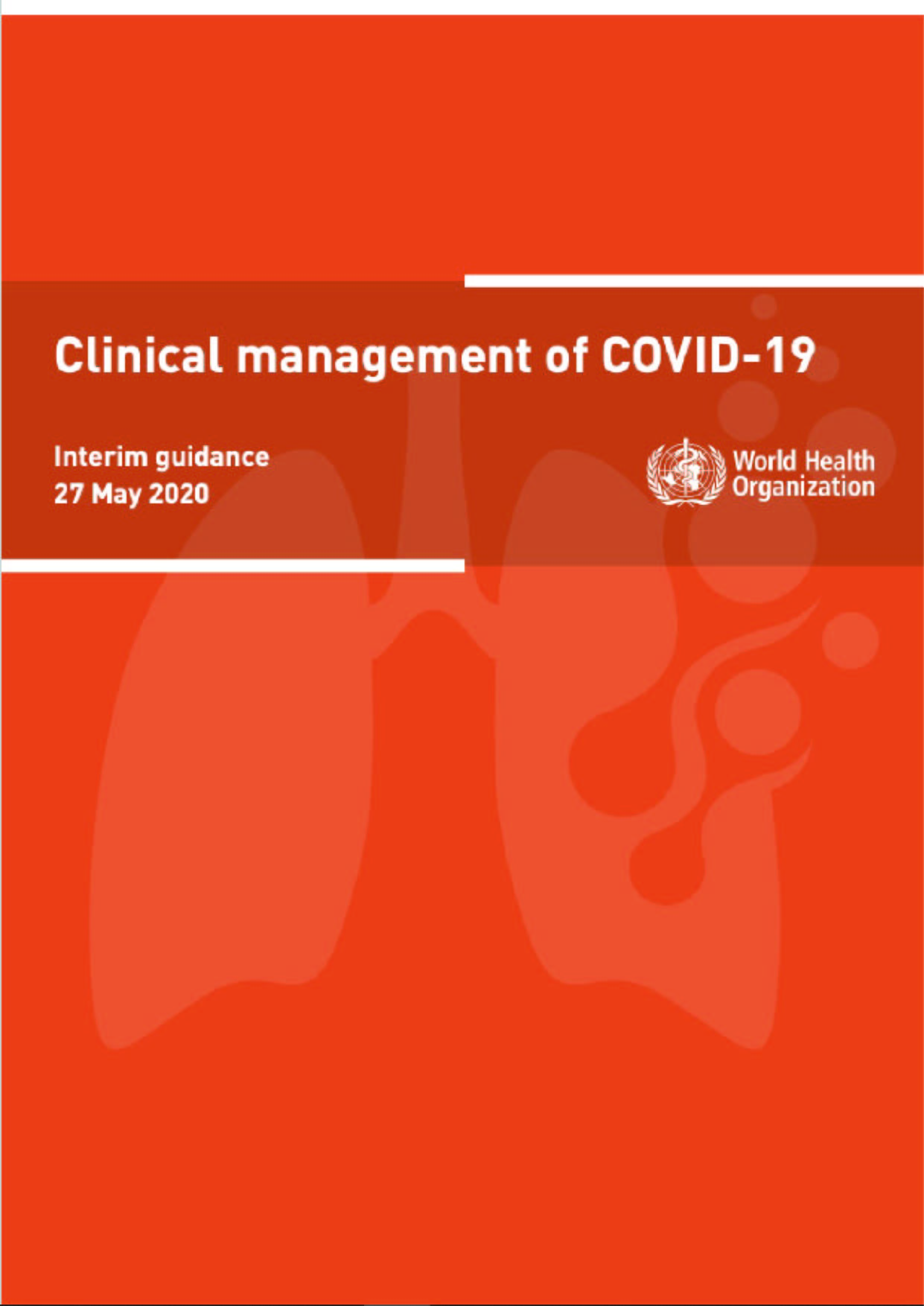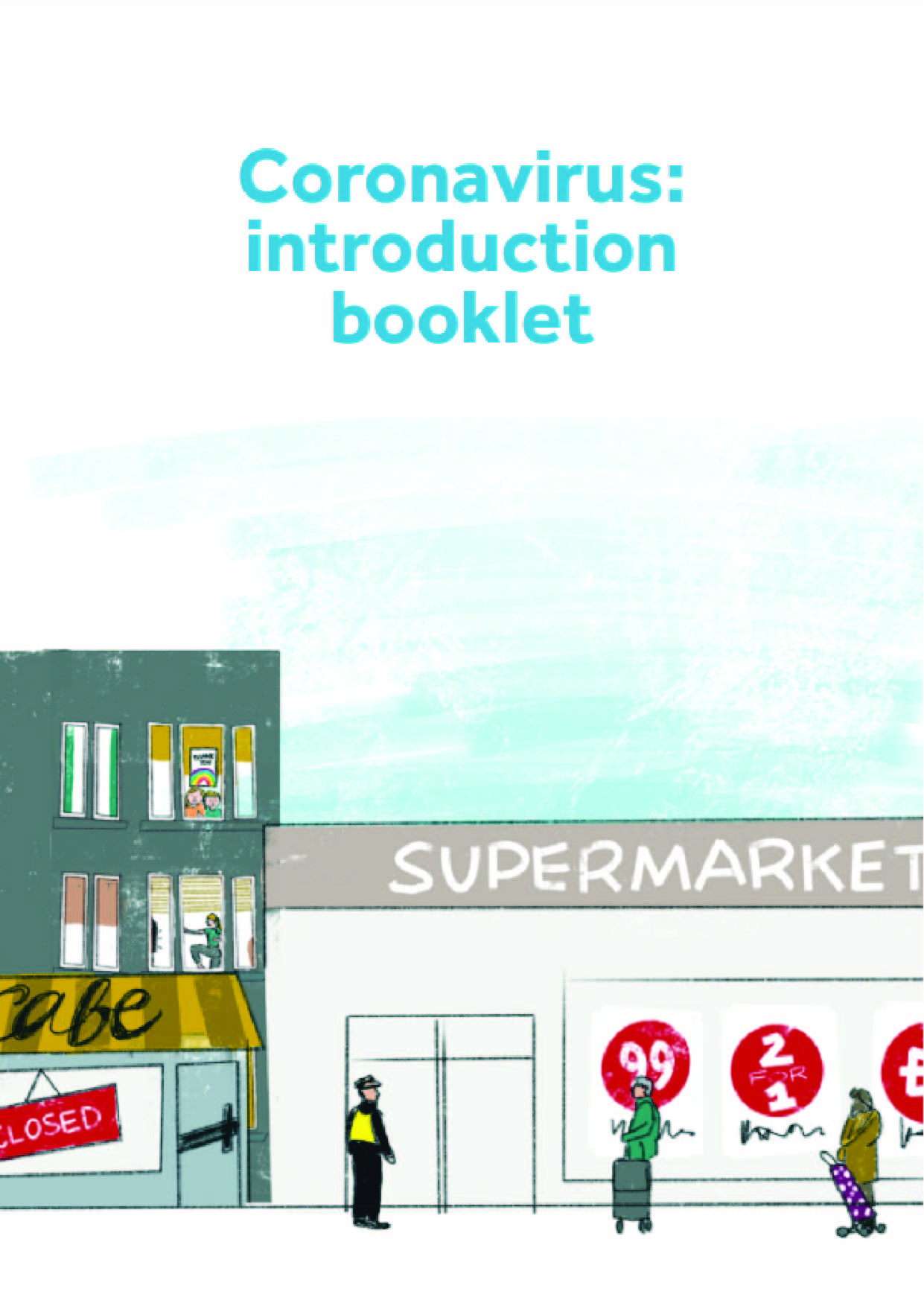More than a century after their discovery, we still don’t really know what blood types are for. Do they really matter? Carl Zimmer investigates.
When my parents informed me that my blood type was A+, I felt a strange sense of pride. If A+ was the top grade in school, then surely A+ was also the most excellent of blood types – a biological mark of distinction.
It didn’t take long for me to recognise just how silly that feeling was and tamp it down. But I didn’t learn much more about what it really meant to have type A+ blood. By the time I was an adult, all I really knew was that if I should end up in a hospital in need of blood, the doctors there would need to make sure they transfused me with a suitable type.
And yet there remained some nagging questions. Why do 40 per cent of Caucasians have type A blood, while only 27 per cent of Asians do? Where do different blood types come from, and what do they do? To get some answers, I went to the experts – to haematologists, geneticists, evolutionary biologists, virologists and nutrition scientists.
In 1900 the Austrian physician Karl Landsteiner first discovered blood types, winning the Nobel Prize in Physiology or Medicine for his research in 1930. Since then scientists have developed ever more powerful tools for probing the biology of blood types. They’ve found some intriguing clues about them – tracing their deep ancestry, for example, and detecting influences of blood types on our health. And yet I found that in many ways blood types remain strangely mysterious. Scientists have yet to come up with a good explanation for their very existence.
“Isn’t it amazing?” says Ajit Varki, a biologist at the University of California, San Diego. “Almost a hundred years after the Nobel Prize was awarded for this discovery, we still don’t know exactly what they’re for.”
Reference:
- A biography of Karl Landsteiner.
- Landsteiner’s report on his blood clumping experiments, first published in 1900.
- A biography of James Blundell.
- A history of blood transfusion detailing the work of Blundell.
- Blundell’s own accounts of his transfusion experiments.
- Eat Right 4 Your Type, Peter D’Adamo’s diet book first published in 1996.
- Emmy De Buck and her colleagues’ article on the lack of supporting evidence for blood type diets, published in the American Journal of Clinical Nutrition in 2013.
- The 2012 article in Transfusion Medicine Reviews that argues against promoting blood type diets.
- Ahmed El-Sohemy and colleagues’ 2014 paper that tests the validity of blood type diets.
- Laure Ségurel and colleagues’ 2013 paper on the evolutionary history of the ABO blood groups.











